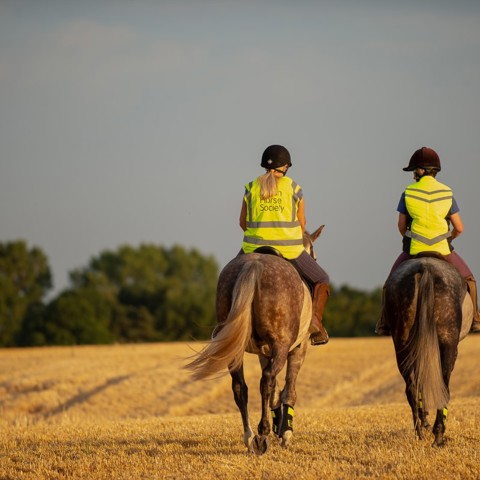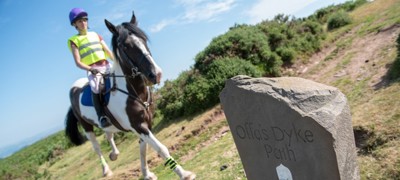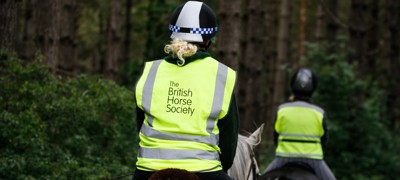Off-road equestrian access in England and Wales comprises primarily bridleways, byways and 'green lanes' (very minor roads). In some areas there may also be access on horseback to commons (mainly London periphery, New Forest and Dartmoor), beaches and state forests (Forestry Commission England or Natural Resources Wales). In the majority of the country, what were bridleways before the motor vehicle have become today's roads, which you may have to use to reach off-road access.
Scroll down for more on finding where to ride or drive a horse, off-road access information events, advice on what you may find when using off-road routes and safety on roads.
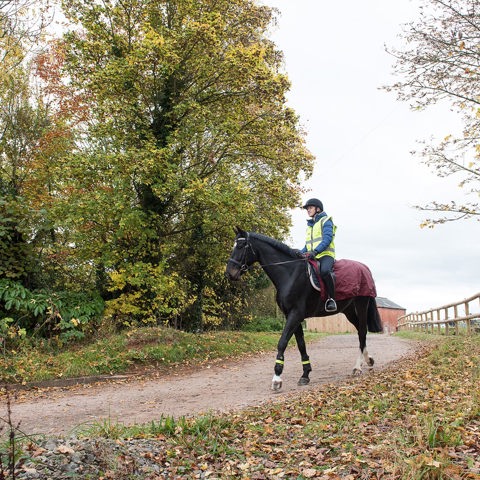
Learn more about bridleways and byways on our information events
Be comfortable with your rights and responsibilities off-road, and what to expect from others with responsibilities, whether landholders, the council or other users.
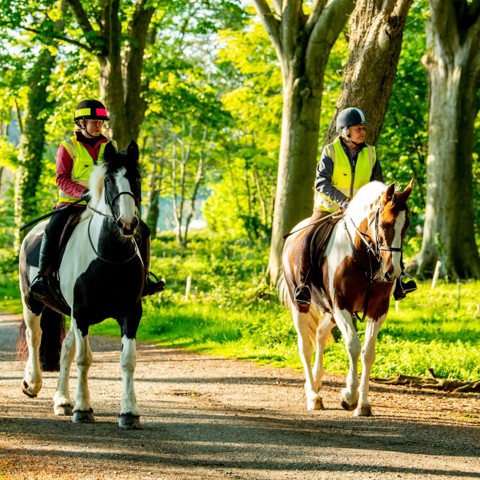
More advice about bridleways and byways
Bridleways and byways are public rights of way, which means they are legally protected and come with responsibilities for users and those over whose land they cross.
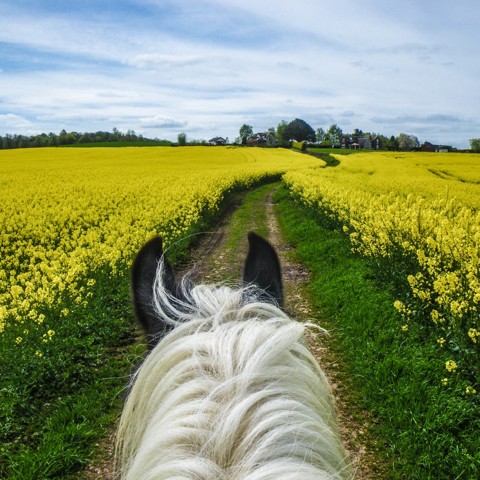
Riding on roads
Off-road opportunities are often few and far between, so riding or driving a horse on roads is unavoidable. Check our advice for using roads with a horse.
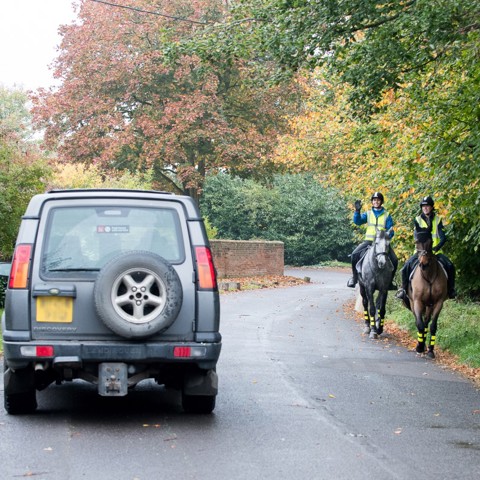
How many bridleways and byways are there?
chevron-down
chevron-up
In England, the total length of public rights of way is 188,700km, consisting of 146,600km of footpaths, 32,400km of bridleways, 3,700km of byways and 6,000km of restricted byways. Horse riders, therefore, have access to only 22 percent of public rights of way and horse-drawn vehicle drivers only five percent.
The total length of public rights of way in Wales is 33,211km, consisting of 26,320km of footpaths, 4,965km of bridleways, 431km of byways and 1,495km of restricted byways. Horse riders, therefore, have access to only 21 percent of public rights of way and horse-drawn vehicle drivers to only six percent.

